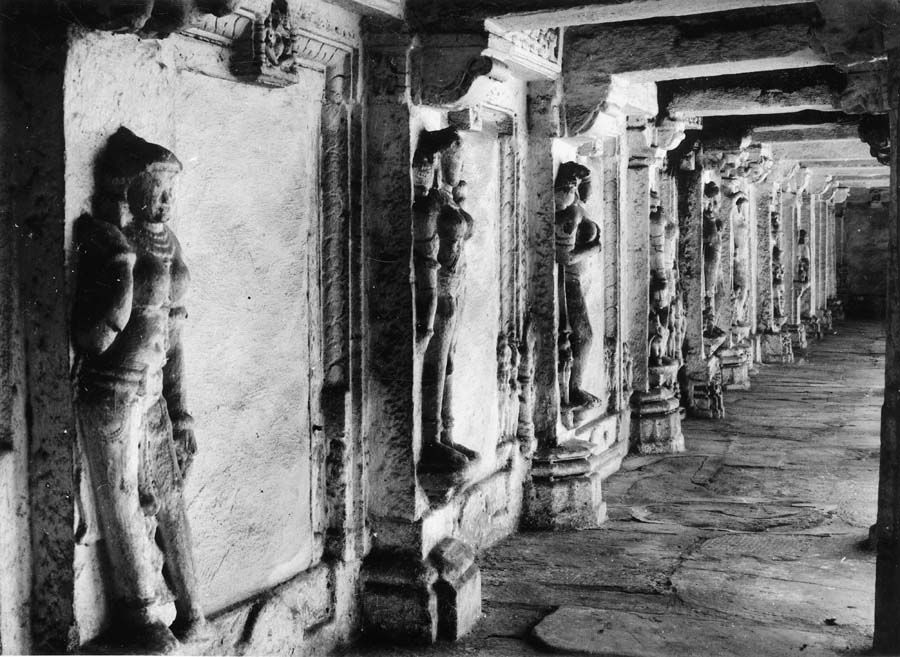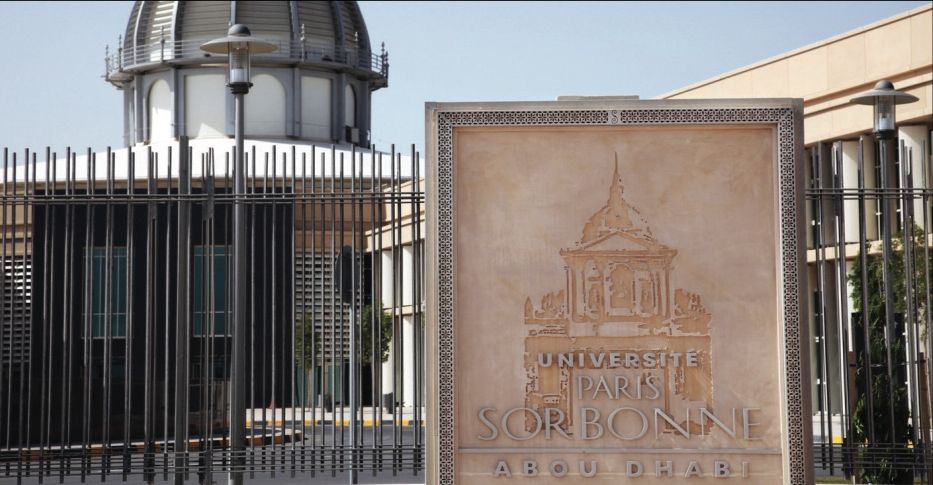Image preservation for American Institute of Indian Studies

The American Institute of Indian Studies (AIIS) aims to further the knowledge of India in the United States by supporting American scholarships on India. AIIS programs promote and advance mutual understanding between citizens of the two nations. Now over 60 years old, the institute has a rich history of collaboration, education and culture sharing.
CHALLENGE
The AIIS has a repository of over 100,000 images of important monuments, historical sites and manuscripts, collected carefully over time. The high-resolution images are stored in TIFF format, including both born digital and digitised photographs. Some older parts of the collection had been previously stored on CDs and hard drives, presenting challenges for the institute to retrieve the images after some time had passed.
Due to file size, many choose to store images offline rather than online, often opting for commodity short term storage, due to availability and cost. With CDs vulnerable to wear and hard drives limited by lifespan of only 4-5 years, organisations often lose access to information stored on these media types. Neither media were designed for long-term storage and when used for archival or cold storage purposes, they often fall short, leaving information trapped and inaccessible.
As these images are of critical importance, the AIIS wanted a new approach to image archiving and looked to a new medium that can stand the test of time.
SOLUTION
The AIIS has chosen Piql’s unique approach to longterm image archival due to the guaranteed accessibility and incredible longevity of our technology. Piql has delivered an initial project of 25 GB of images, stored on piqlFilm in hybrid form (both analogue and digital) to test and explore the feasibility of a largescale project. Piql also demonstrated our new piqlReader with its award-winning design, offering instant access to files stored offline on piqlFilm.
FUTURE
The AIIS is planning to archive their complete library of images with Piql in the next phase of the project and with audio and visual data to follow


